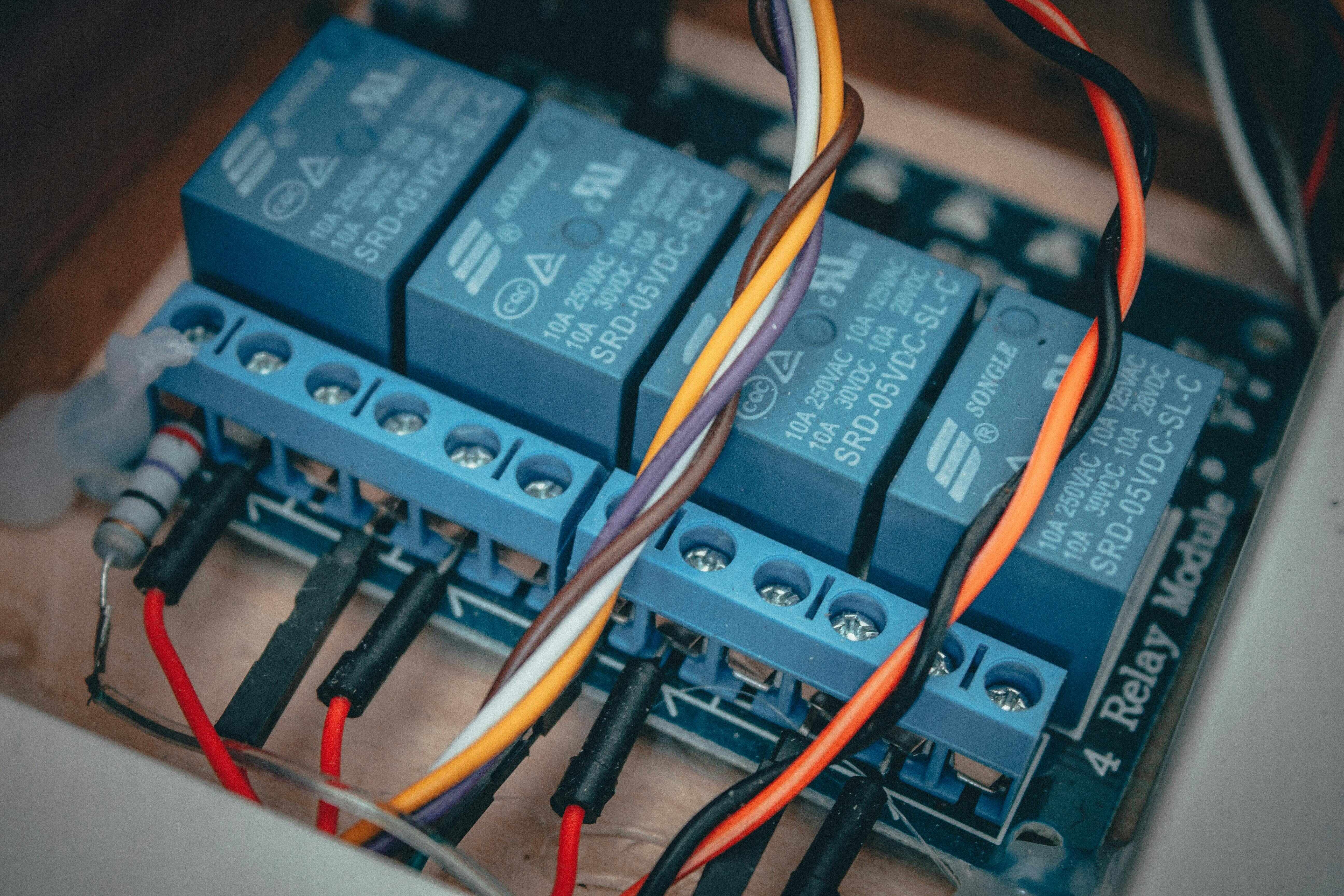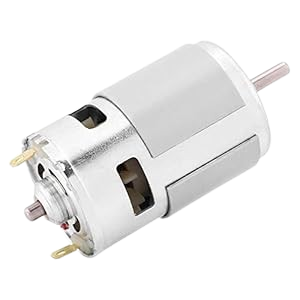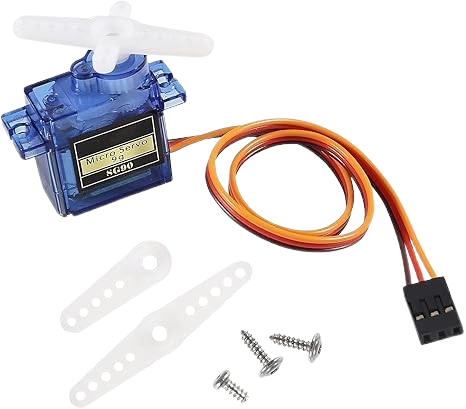Complete Guide to IoT Buzzer: Working, Applications, and Benefits
Discover everything about IoT buzzers, from how they work to their real-world applications in smart devices and automation systems. This guide explains the different types of buzzers, their features, advantages, and common use cases in industries, homes, and electronics projects.

Device Overview
Introduction
A buzzer is one of the simplest yet most useful electronic components we come across in daily life. From the beeping sound of a microwave to the alarm in a car, buzzers are everywhere. They are small devices that can convert electrical signals into sound, making them perfect for alerts, warnings, and notifications. Because they are low-cost, reliable, and easy to use, buzzers are used in homes, industries, medical equipment, and even in modern vehicles. In this article, we will explore what a buzzer is, how it works, different types of buzzers, their applications, advantages, and a real-life example to understand them better.What is a Buzzer?
A buzzer is an electronic device that produces sound when powered by electricity. It can create a buzzing, beeping, or ringing noise depending on its design. Buzzers are widely used in electronic systems where sound is required to signal an action, an error, or a reminder. For example:- When a washing machine finishes its cycle, the notification sound is generated by a buzzer.
- In a smoke alarm, the loud warning tone comes from a buzzer.
- In cars, seat belt reminders and reverse parking indicators also use buzzers.
How Does a Buzzer Work?
The working principle of a buzzer depends on its type, but the basic idea is the same: when an electrical signal is applied, a part inside the buzzer vibrates to create sound waves.-
Piezoelectric buzzers use a piezoelectric crystal. When voltage is applied, the crystal vibrates, producing sound.
-
Electromagnetic buzzers use a coil and diaphragm. Current flowing through the coil creates a magnetic field that moves the diaphragm, generating sound.
Types of Buzzers
Buzzers come in different varieties to suit different applications. The main types include:1. Piezoelectric Buzzer
- Works on the piezoelectric effect.
- Very lightweight, durable, and energy-efficient.
- Produces a sharp tone and is commonly used in alarms, clocks, and household gadgets.
2. Electromagnetic Buzzer (Magnetic Buzzer)
- Uses a magnetic coil and diaphragm.
- Produces a strong and clear sound.
- Frequently used in toys, simple circuits, and household appliances.
3. Mechanical Buzzer
- Operates by mechanically striking a diaphragm.
- Produces a ringing sound.
- Considered an older design, rarely used today.
4. Active Buzzer
- Has an internal oscillator.
- Makes sound automatically when voltage is applied.
- Beginner-friendly and commonly used in simple projects.
5. Passive Buzzer
- Requires an external signal (from a microcontroller or circuit) to produce sound.
- Can create multiple tones and even play melodies.
- Offers more flexibility than active buzzers.
Features of a Buzzer
Buzzers are popular because of their useful features:- Small and compact size.
- Easy to connect and integrate into circuits.
- Low power consumption.
- Capable of producing continuous or pulsed sounds.
- Long-lasting and reliable.
- Available in different frequency ranges and loudness levels.
Applications of Buzzers
Buzzers have a wide range of applications in different industries and products. Some of the most common uses are:1. Household Appliances
Microwaves, washing machines, refrigerators, and ovens use buzzers to notify users when a process is complete or when attention is required.2. Consumer Electronics
Devices like digital watches, alarms, calculators, and toys use buzzers to produce alerts and sound effects.3. Automotive Industry
Buzzers are widely used in vehicles for seatbelt reminders, door open warnings, parking sensors, and dashboard alerts.4. Security and Safety Systems
Burglar alarms, smoke detectors, and fire alarms rely on buzzers to alert people in case of danger.5. Medical Equipment
Hospital machines such as heart rate monitors and infusion pumps use buzzers to provide immediate alerts to doctors and nurses.6. Industrial Applications
Factories use buzzers in machinery and process controllers to warn operators about errors, malfunctions, or safety issues.Advantages of Using Buzzers
Buzzers are popular because they offer many benefits:-
Low cost: Very affordable compared to other sound devices.
-
Easy to use: Requires simple wiring and minimal components.
-
Reliable: Can last for thousands of hours without failure.
-
Energy-efficient: Consumes very little power.
-
Versatile: Can be used in a wide variety of fields.
Example of a Buzzer in Real Life
A good example of a buzzer is a smoke alarm. When smoke is detected, the circuit inside the alarm triggers the buzzer. The buzzer then produces a loud, continuous sound to alert the people in the building. This allows them to take quick action and move to safety.
This example highlights the importance of buzzers in safety and emergency systems.How to Connect a Buzzer in a Circuit
Using a buzzer in an electronic circuit is simple:-
Identify terminals: Most buzzers have positive (+) and negative (–) pins.
-
Active buzzer: Connect directly to a power source (like a battery). It will produce sound automatically.
-
Passive buzzer: Needs a signal from a microcontroller or frequency generator to produce sound.
-
Safety tip: Always check the voltage rating of the buzzer before connecting it to avoid damage.
Future of Buzzers in Technology
Even though buzzers are simple devices, they continue to play a key role in modern technology. With the rise of smart appliances, electric vehicles, and advanced safety systems, the demand for compact and reliable sound devices is only increasing. Buzzers will continue to be an essential component in both basic and high-tech applications.Conclusion
Buzzers may look small and simple, but they are extremely important in our daily lives. They act as warning devices, reminders, and alerts in countless applications. From household appliances and toys to automobiles and industrial machines, buzzers are used everywhere. With different types such as piezoelectric, electromagnetic, active, and passive, they provide flexibility for different needs. Their low cost, durability, and efficiency make them one of the most widely used electronic components today.Where to Buy
| Platform | Price | Action |
|---|---|---|
|
|
₹99 | Buy Now |
Prices may vary. Click on "Buy Now" to check current availability and pricing.
Administrator
Frequently Asked Questions
Common questions about Complete Guide to IoT Buzzer: Working, Applications, and Benefits. Find answers to the most frequently asked questions.
User Reviews & Comments
Share your experience with this IoT device. Your feedback helps our community make informed decisions!
Share Your Experience
Help others by sharing your thoughts about this IoT device.
Related Devices
Explore more IoT devices in the same category
Discover the ultimate guide to relay modules for IoT! Learn their features, applications, and setup tips for smart automation. From controlling appliances to building IoT projects, this blog covers types, specifications, and wiring techniques. Perfect for beginners and experts, unlock the power of relay modules to enhance your IoT solutions. Stay ahead in smart technology with our expert insights and practical advice.
Discover how DC motors power real-world IoT applications. This complete guide covers DC motor types, working principles, benefits, and step-by-step integration for smart devices. Learn how to use DC motors in IoT projects with precision and efficiency. Ideal for developers, students, and IoT engineers seeking reliable motor control solutions.
Discover how electromagnets are transforming IoT technology with smart functionality, precision control, and energy efficiency. This guide explains their working principle, real-world applications, and benefits in connected systems. Ideal for developers, tech enthusiasts, and IoT project creators seeking advanced automation solutions in 2025.
A servo motor is a high-precision electromechanical device used for accurate control of angular or linear position, velocity, and acceleration. This complete guide covers its types, working principle, features, and applications across industries such as robotics, automation, and manufacturing. Learn how servo motors operate, their benefits, and how to choose the right model for your specific project or industrial needs.




No Reviews Yet
Be the first to share your experience with this IoT device!